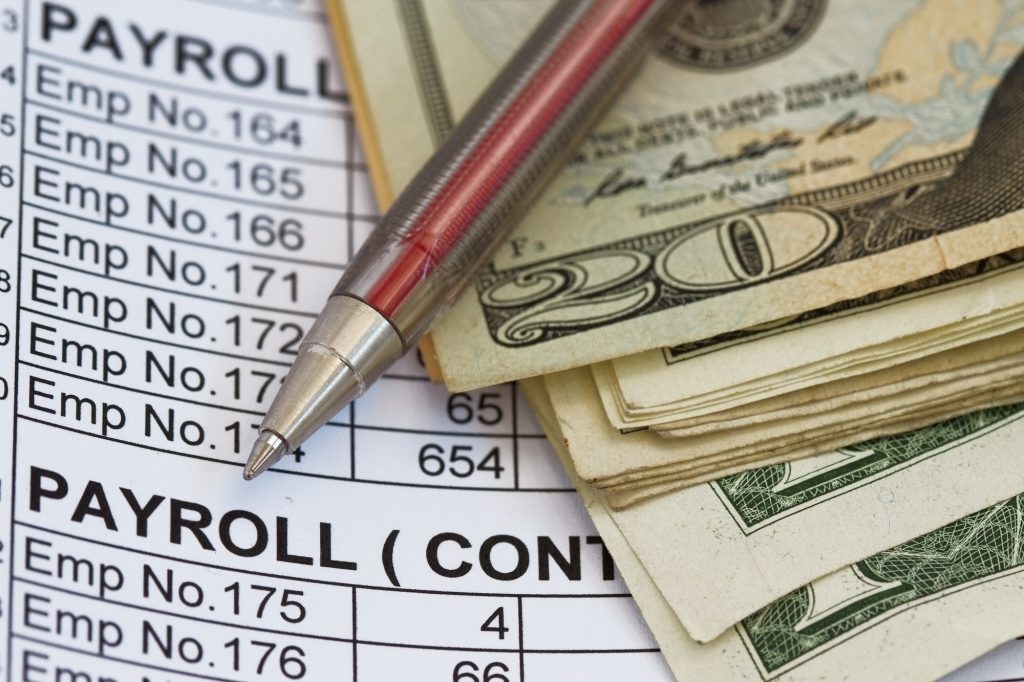A Beginner’s Guide to Understanding Payroll and HR
What is the most important piece of the business you run that you should understand? Topics like company policy and work ethics sit high on the list, but what about payroll and HR? After all, these are the factors that determine you and your employees get paid for all the hard work you all put in.
Thing is, the payroll process isn’t something that many people can spell out for you. So how do these factors work?
Well, we’re glad you asked. It’s time to show you our beginner’s guide to understanding payroll and HR!
But enough talk, right? Let’s get into this!
What are Payroll and HR?
Payroll is whatever method you use to give your employees their wages on a set basis. On top of giving the money out, whoever is in charge of payroll needs to know how to keep your wages in line with federal tax laws and deduct the proper amounts from each employee based on their situation(or buff wages for things like overtime or holiday pay). They also keep track of all wage garnishments that are placed on their employees by a court of law for child support, student loans, etc.
Finally, the payroll department must store the financial records of all employees in a safe and organized fashion. HR, on the other hand, deals with attracting and recruiting employees to a company. Once there, HR is also responsible for making sure the employee can work without harassment from others while adhering to a set level of job performance.
The two departments overlap a lot as a result of their responsibilities, especially since HR is in charge of pay bonuses. They also must work in tandem with payroll to keep employee records safe.
How to Run Payroll
Smaller companies tend to do their payroll in-house, as a low number of employees means the workload is more manageable. This also lets them skip the cost of purchasing software to run the data for them or hiring an external company.
Whoever is in charge of payroll collects the bank information and tax forms from every employee and sets up a payroll schedule to allocate money to those accounts. They then take the gross income (what you earn before taxes) and subtracts the taxes and other payments. They then must present the employee with a payslip or physical record of the money they received.
But what if your company runs on the larger side? If that’s the case, you can purchase computer software to run all the math for you so you don’t have to do it by hand or dedicate a whole department to running payroll as opposed to a few people.
If you’re big enough, hiring a company like High Flyer HR to handle the work for you leaves you free to work on the other aspects of the business. Plus, you won’t have to hire people to do payroll and spend the money and time spent training them.
To Greater Successes
So, now that you have this beginner’s guide to payroll and HR, where do you go from here? Well, if you want to learn more about improving your business from the ground up, make sure to check out the other articles on our blog!





